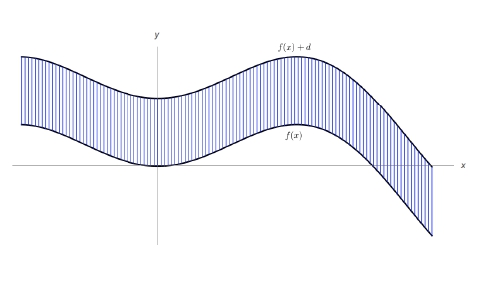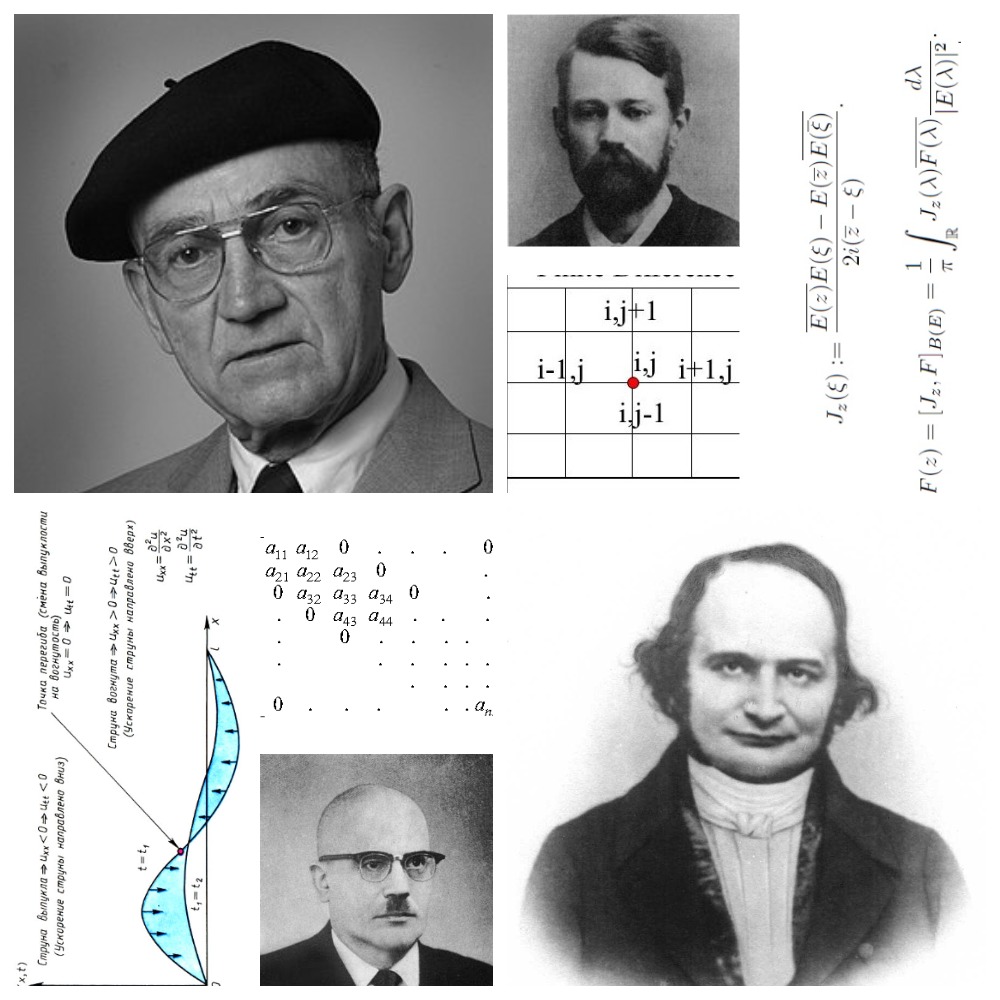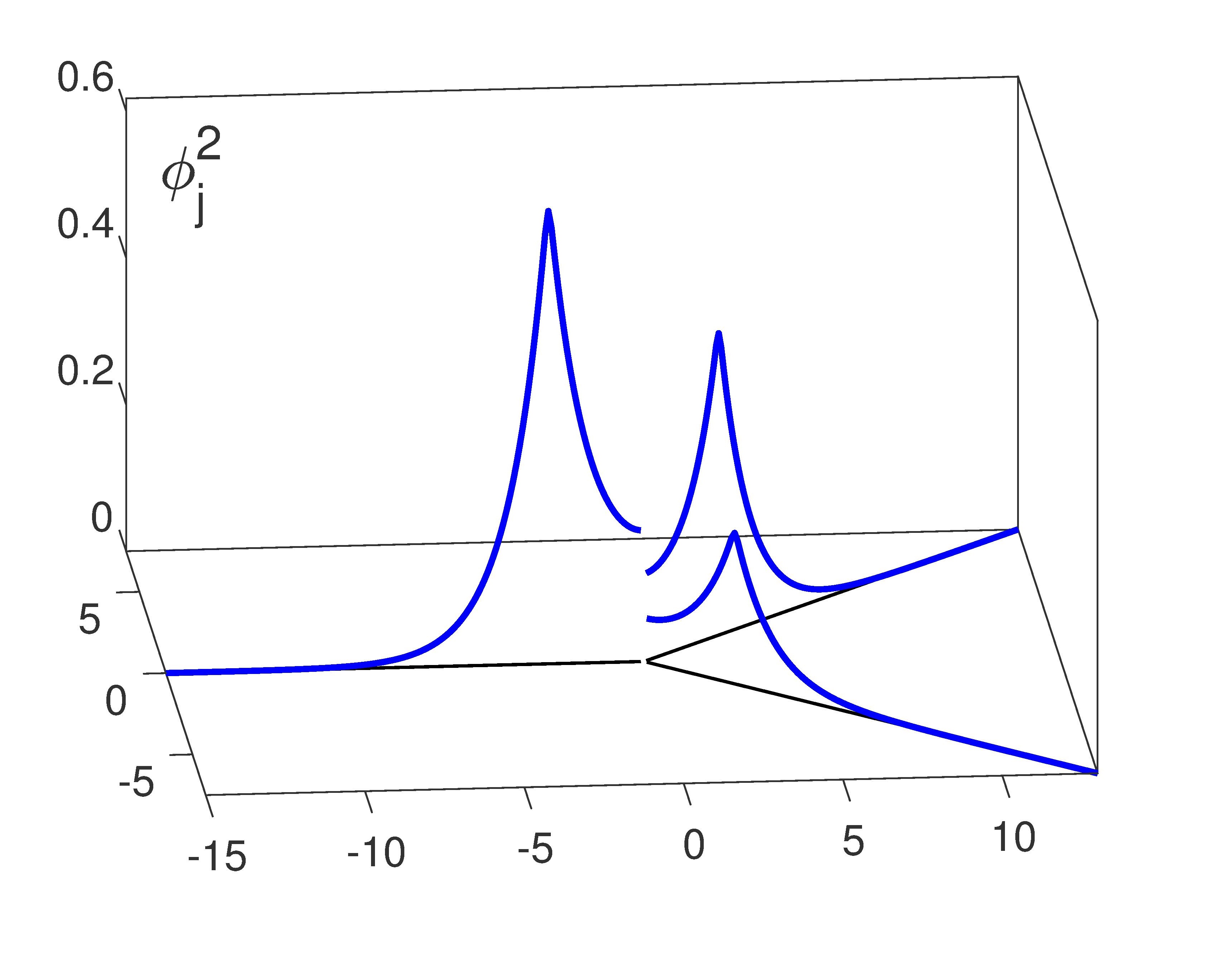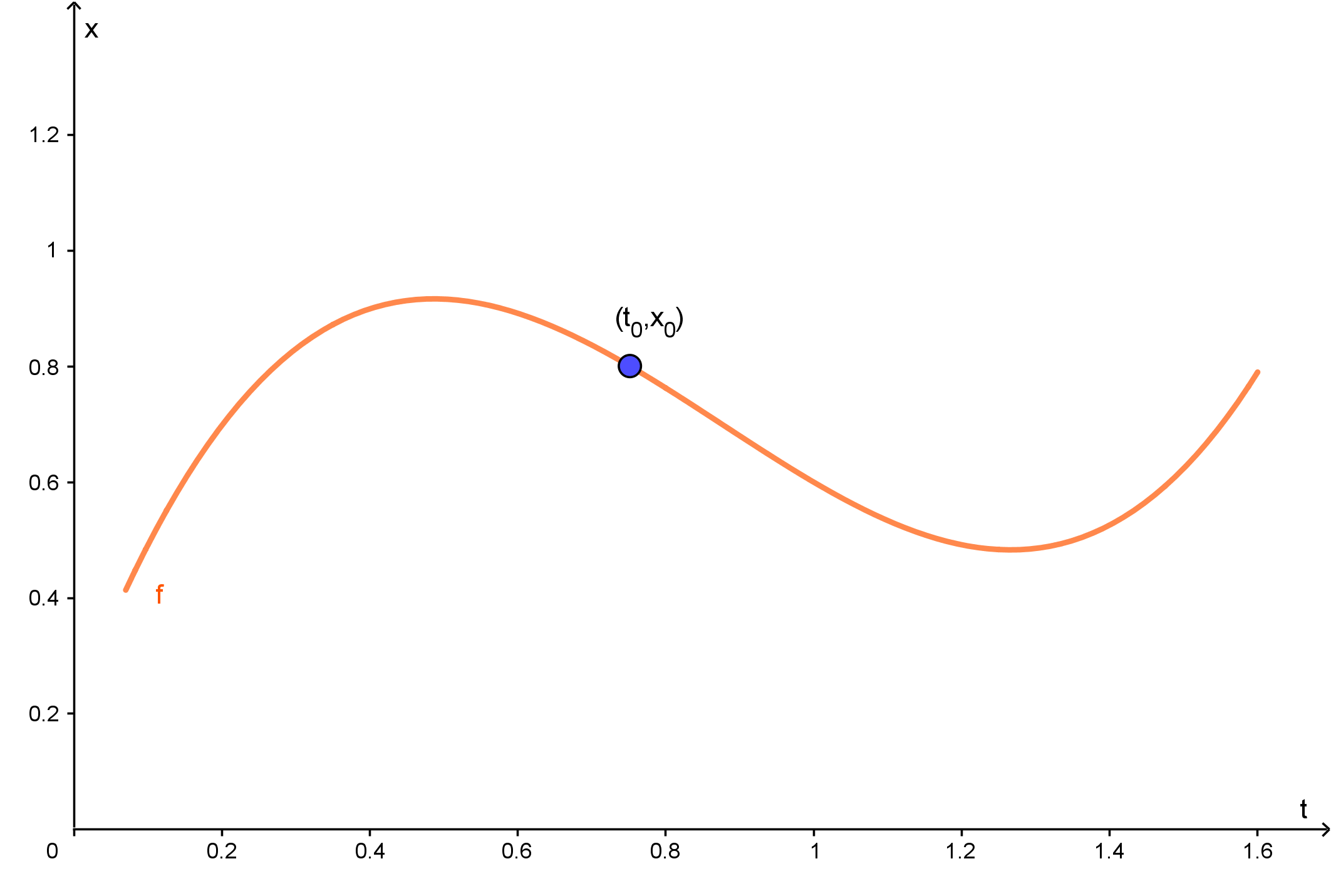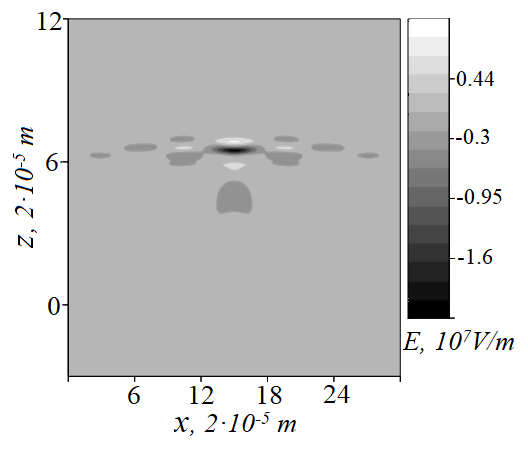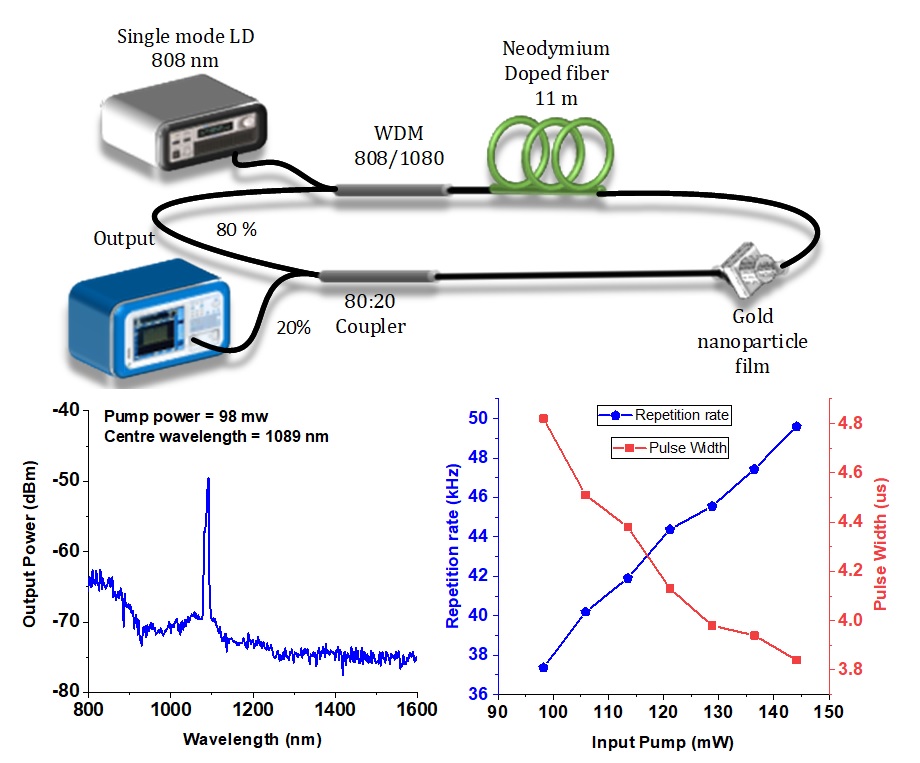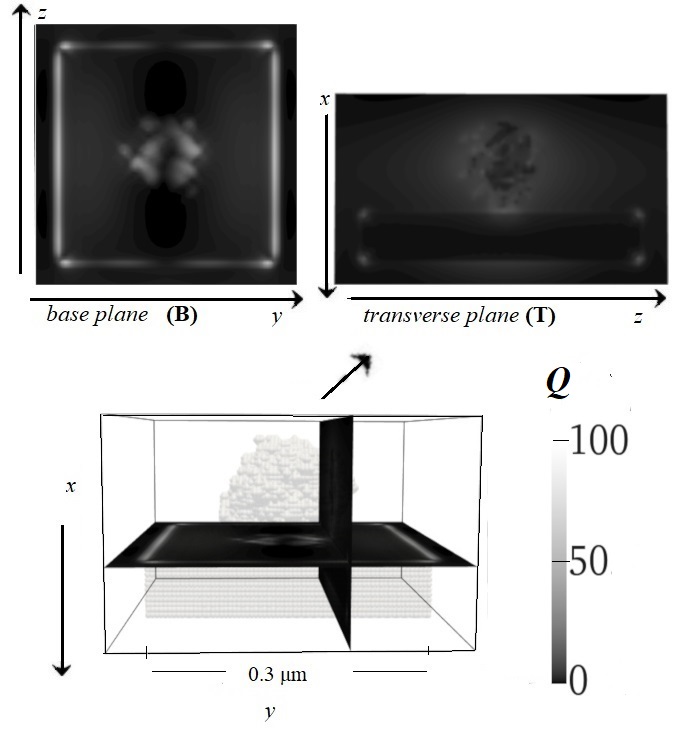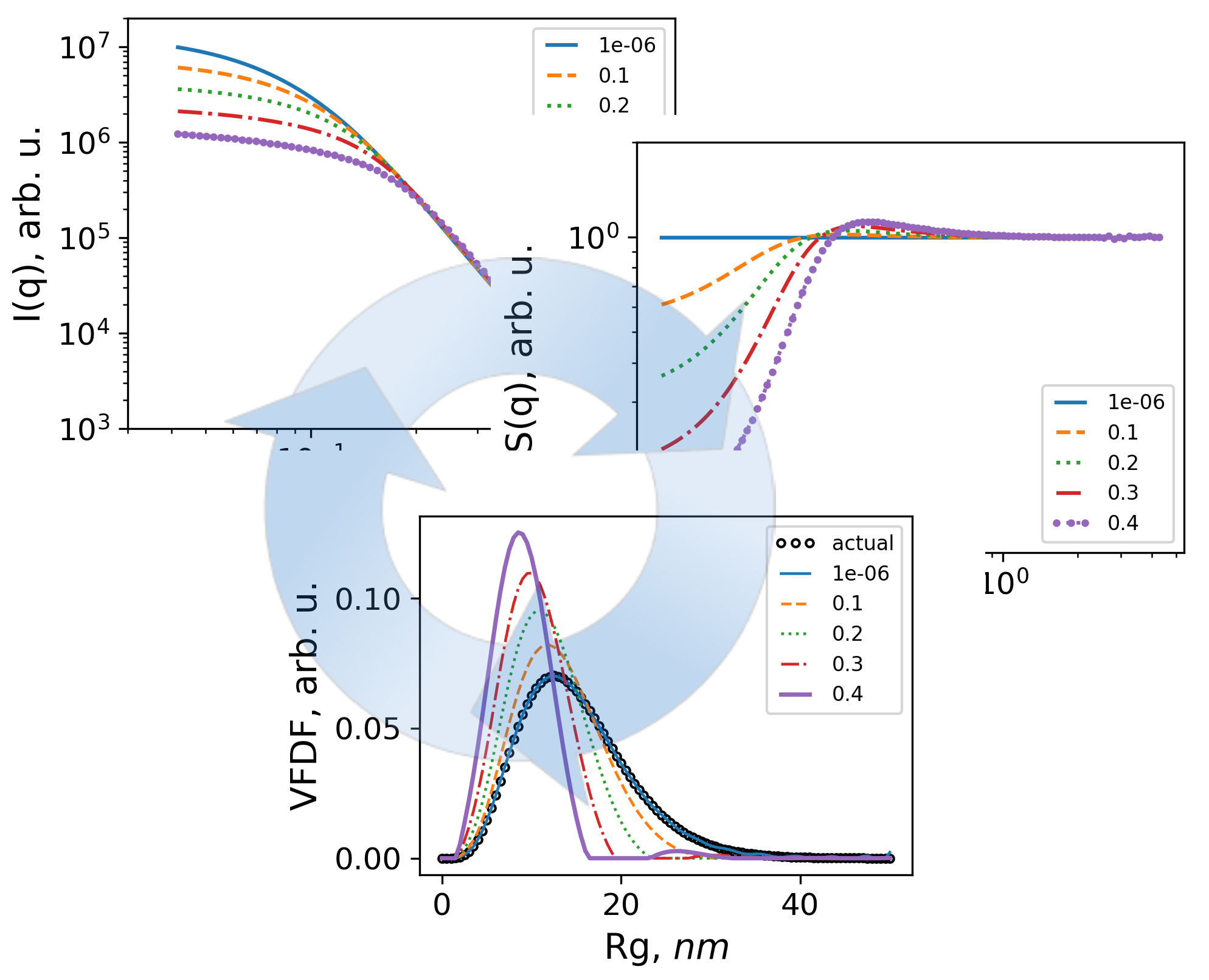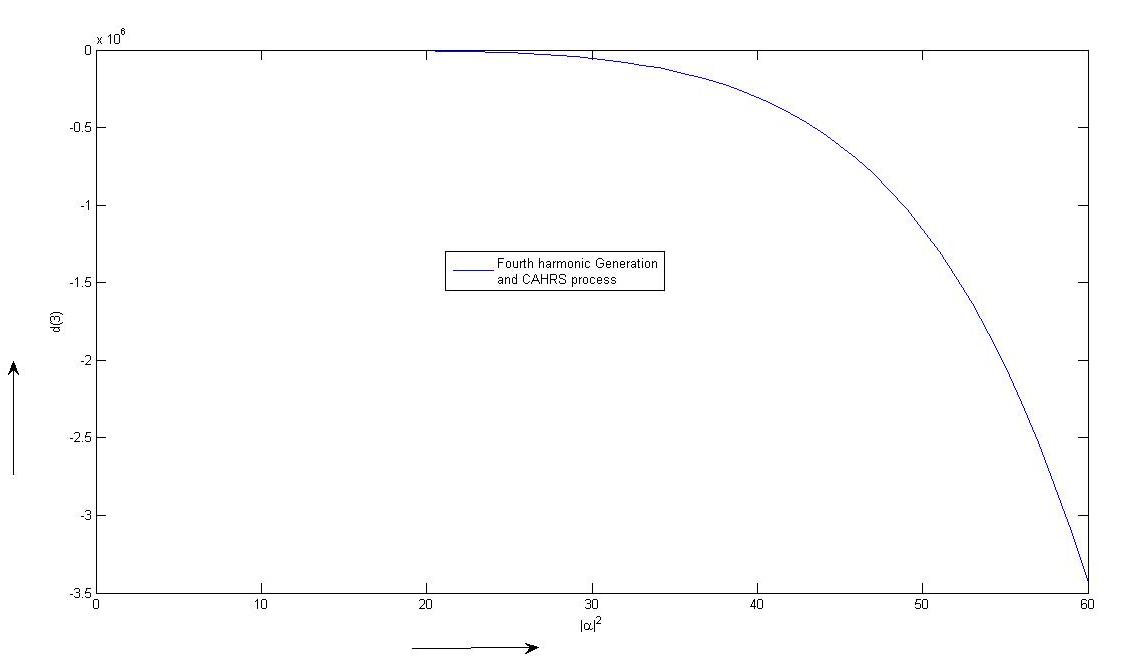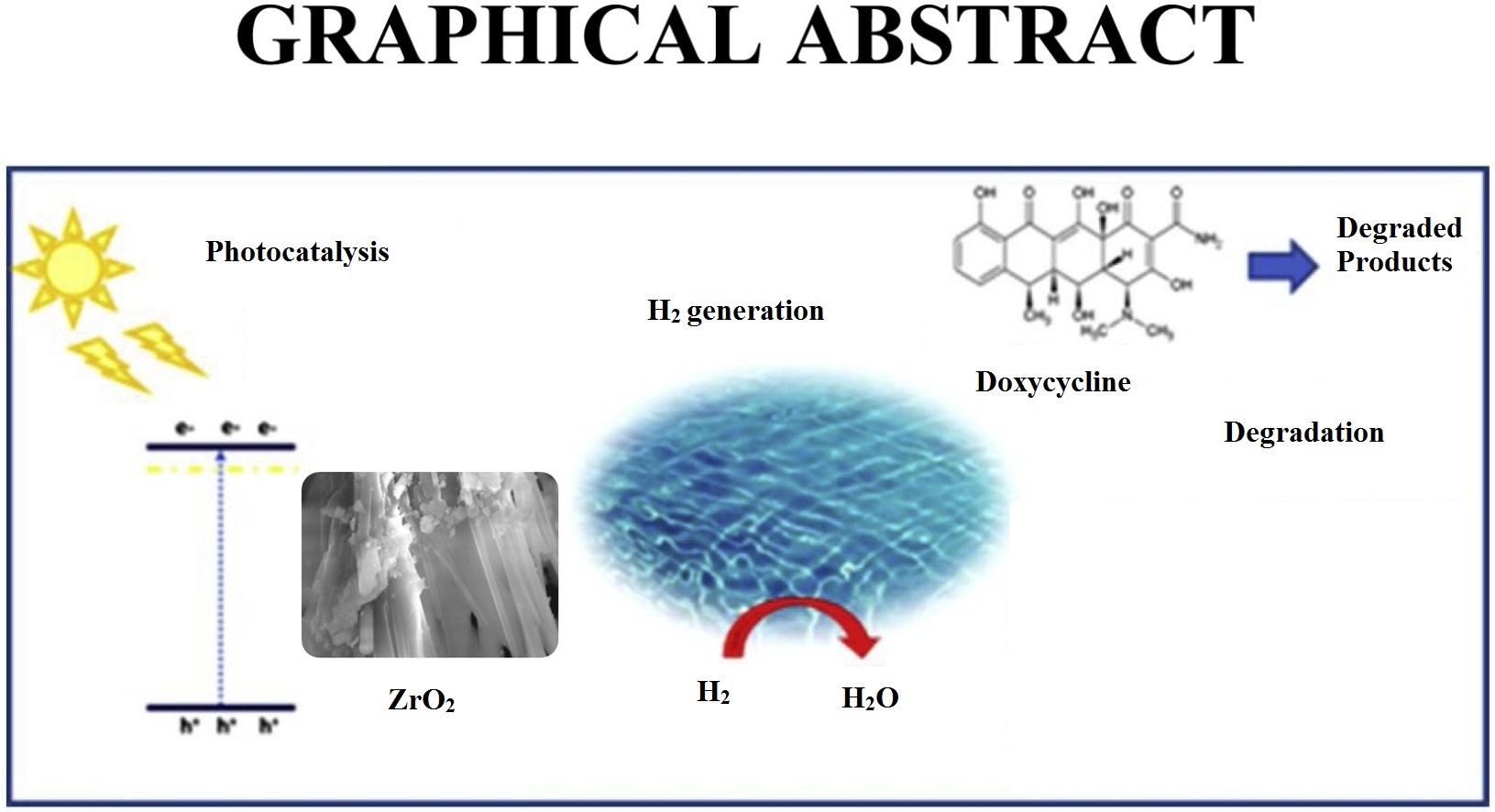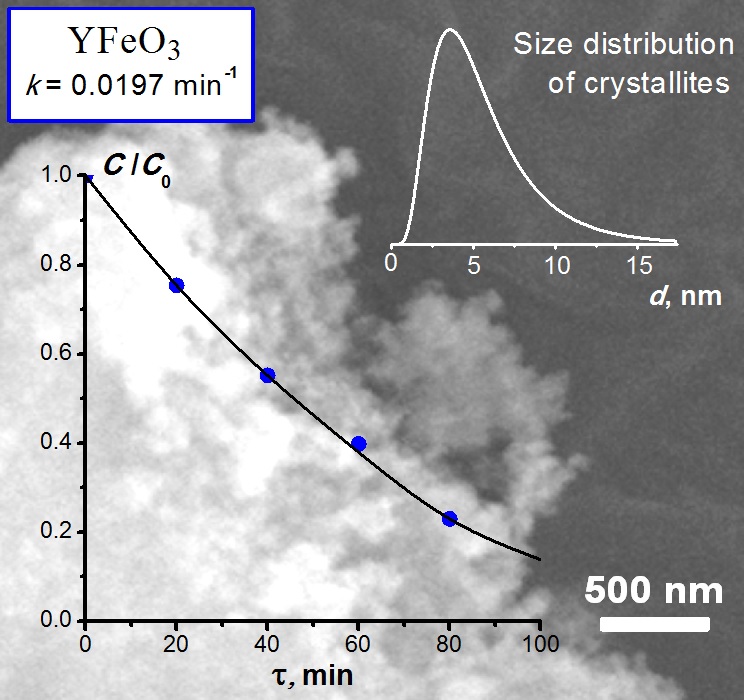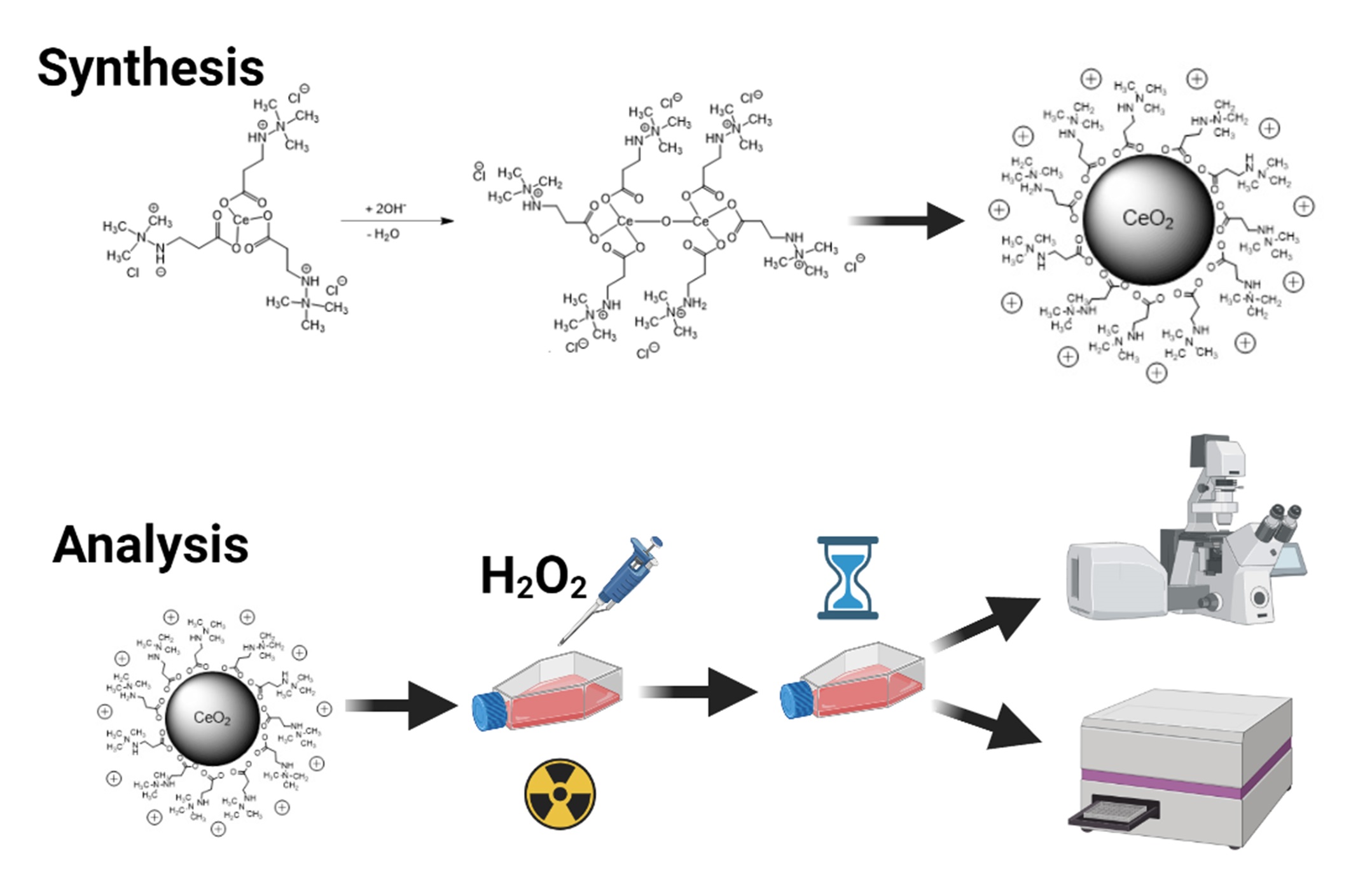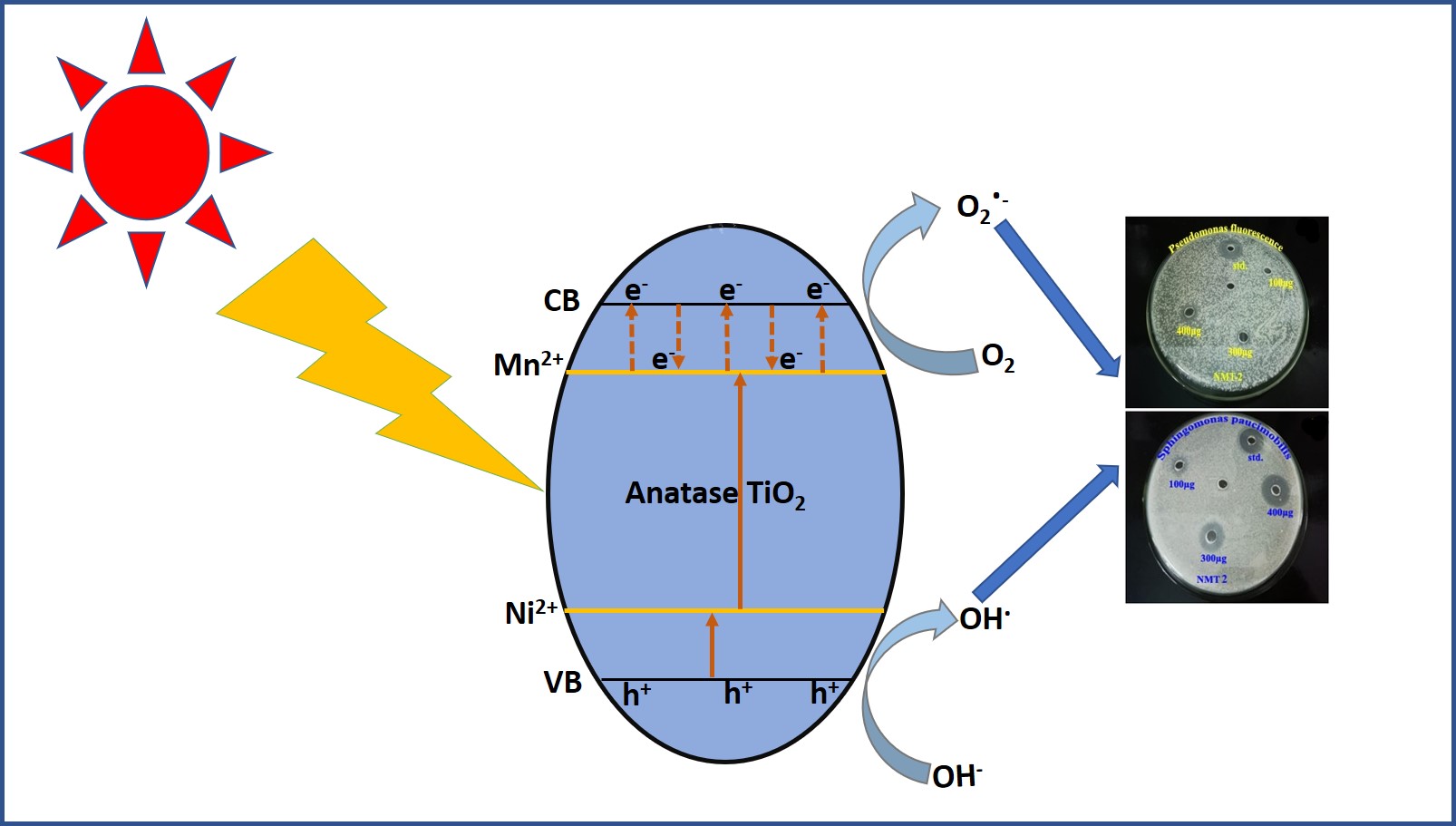We consider a general second order elliptic operator in a planar waveguide perforated by small holes distributed along a curve and subject to classical boundary conditions on the holes. Under weak assumptions on the perforation, we describe all possible homogenized problems.
In this note, we investigate the spectral properties of the Dirichlet Laplacian defined on an infinite band subject to a “shearing”. We give conditions for which the shear does not produce discret eigenvalue. In a second part we discuss the existence of discrete spectrum.
The Chernoff √n-Lemma is revised. This concerns two aspects: a re-examination of the Chernoff estimate in the strong operator topology and the operator-norm estimate for quasi-sectorial contractions. Applications to the Lie-Trotter product formula approximation C 0-semigroups are also discussed.
We consider dynamical systems with boundary control associated with finite Jacobi matrices. Using the method previously developed by the authors, we associate with these systems special Hilbert spaces of analytic functions (de Branges spaces).
We study static nonlinear waves in networks described by a nonlinear Schro¨ dinger equation with point-like nonlinearities on metric graphs. Explicit solutions fulfilling vertex boundary conditions are obtained. Spontaneous symmetry breaking caused by bifurcations is found.
A nonlocal boundary value problem for a system of ordinary integro-differential equations with impulsive effects, degenerate kernel and maxima is investigated. The boundary value problem is given by the integral condition. The method of successive approximations in combination with the method of compressing mapping is used. The existence and uniqueness of the solution of the boundary value problem are proved. The continuous dependence of the solution on the right-hand side of the boundary value condition is shown.
In this work, we investigate the few-cycle optical pulses with Gauss and Bessel profile in strained carbon nanotubes with impurities. We consider a multi-level impurity in which the energy levels are well separated from the conduction and valence bands of carbon nanotubes. The effect of the impurity parameters on the electromagnetic pulse is analyzed. Also, we investigate the influence of the value of the mechanical stretching on the few-cycle pulse shape.
A gold nanoparticle-based saturable absorber (SA) was successfully employed in Neodymium-doped fiber laser (NDFL) cavity for pulse generation via a Q-switching mechanism for the first time. The SA device was made by mixing the gold nanoparticles into PVA solution before being dried to form a thin film was included into the NDFL cavity, which was optimized to obtain Q-switched pulses centered at wavelength of 1089 nm. The pulse rate of the laser rose from 37.37 to 49.60 kHz while the pulse width fell from 4.82 to 3.84 µ s as the 808 nm pump laser was raised from 98 to 144 mW. At the highest input pump power of 144 mW, the maximum output power and pulse energy was achieved at 0.52 mW and 10.48 nJ, respectively. The developed Q-switched laser has numerous applications including, material micromachining, communication, sensing, etc.
Spatial structures of electromagnetic near-fields generated by plasmonic resonances are studied through numerical simulations. Resonances can appear in silver nanoplates onto which nanoparticles of various shapes are deposited. For forthcoming biophysical applications, nanoparticles are considered here as irregular aggregates of grains made of DNA material. The Discrete Dipole Approximation technique is used to calculate the electromagnetic field profiles. In certain controlled physical situations, the plasmonic pattern appears to be the glowing anti-shadow of the deposited nanoparticle, and such a pattern locally produces strong increase in the electromagnetic fields. Even when the nanoparticle size is much smaller than the wavelength, fine (sub-wavelength) details of the anti-shadow are directly related to the shape of the nanoparticle. These observations should result in a better understanding of the Surface-Enhanced Raman Scattering process and an improvement in nanocharacterization techniques.
It has been shown that for systems of polydisperse spherical particles the interference distortions of the scattering intensity significantly affect the result of reconstructing the particle size distribution when the volume fraction of the scattering substance is higher than 10 %. We have developed an iterative method that reconstructs the size distribution function from the small-angle X-ray scattering intensity with interference distortions. The efficiency of this method is confirmed based on simulated scattering intensities and experimentally measured intensities of samples with a volume fraction of a scattering substance up to 40 %.
We have studied non-classical effects, i.e. higher order photon antibunching (HOA) and higher order sub-Poissonian photon number statistics (HOSPS) in various non-linear optical processes like second harmonic generation, fourth harmonic generation, coherent anti-Stokes Raman scattering (CARS) and coherent anti-Stokes hyper-Raman scattering (CAHRS) using short time interaction techniques. The non-classical effects directly depend on number of photons prior to interaction with non-linear medium has already been studied but we have found that non-linear processes involving equal number of pump photons have same higher order photo antibunching (HOA) and higher order sub-Poissonian photon number statistics (HOSPS) independent of the non-linear process involved.
t-ZrO2 nano crystalline photocatalyst have been synthesized by a simple co-precipitation method. The crystal structure, morphology, size, and elemental composition of ZrO2 nanorods were determined using XRD, SEM, EDX analysis. The optical properties and photocatalysis were analyzed using UV-Vis spectroscopy. The investigation of XRD pattern indicates tetragonal (t-ZrO2) and monoclinic phases (m-ZrO2) for the annealing temperatures 500 and 900 ◦C respectively. SEM images depicts rod like morphology. UV-Vis spectra illustrates that the synthesized samples have wide band gap. t-ZrO2 photocatalyst degrades methylene blue dye with 80 % removal efficiency in 180 minutes.
Nanopowders of Y(1-x)Bi(x)FeO3 ( x = 0, 0.05, 0.10, 0.15) solid solutions were obtained by coprecipitation of hydroxides with simultaneous sonication and subsequent thermal treatment of the precipitate in air at 800 ◦C for 1 min. in the annealing-quenching mode. The results of X-ray phase analysis showed the formation of nanocrystalline solid solutions with a structure of hexagonal yttrium orthoferrite. The average crystallite size increases from 4 to 10 nm with the increasing bismuth content in the solid solution. The influence - of Y3+ substitution for Bi3+ in yttrium orthoferrite on the photocatalytic activity of Y1 x Bi x FeO3 nanopowders during the Fenton-like degradation of methyl violet under the visible light irradiation has been studied. The maximum reaction rate constant of 0.0197 min - 1 was shown by the YFeO3 nanopowder, which has the smallest crystallite size of ∼4 nm.
Nanoscale cerium dioxide (CeO2, nanoceria) possesses notable redox activity, which is actively used in advanced biomedical applications. The low toxicity, high biocompatibility and antioxidant activity of nanoceria make it a new generation nanozyme with a unique activity. Combination of nanoceria with various biologically active substances results in organic-inorganic nanocomposites possessing enhanced activity. Here, we synthesized a novel organic-inorganic hybrid material (Mil-CeO2) based on 2-(2-carboxylatoethyl)-1,1,1-trimethylhydrazinium and nanoceria, which has an ultra-small particle size, high antioxidant activity and pronounced biological activity. The analysis of cytotoxicity of the composite did not reveal any negative effects on the NCTC L929 mouse fibroblasts at concentrations below 10 mM. It was shown that the nanocomposite did not cause morphological changes in cells, or lead to cell death and mitochondrial membrane potential disruption, while maintaining viability in mouse fibroblasts in vitro. Additionally, we showed that Mil-CeO2 is capable of protecting cells from hydrogen peroxide (H2O2)-induced or radiation-induced oxidative stress.
Visible light driven photocatalytically active mesoporous nanomaterials plays an indispensable role for antibacterial activity in low light applications. In this work, nanomaterials were handily prepared by varying the dopant concentrations from 0.25 to 1.0 Wt% using sol-gel method. All the prepared samples were characterized by Powdered X-ray diffraction (XRD), Scanning electron microscope-energy dispersive X-ray spectroscopy (SEM-EDS), Fourier transform infrared spectroscopy (FTIR), Ultraviolet-visible diffuse reflectance spectroscopy (UV/Vis-DRS), Transmission electron microscopy (TEM) and Brauner-Emmett-Teller (BET). The characterization results revealed that a photocatalytically active phase i.e.; anatase and rutile mixed phase was observed for co-doped catalyst samples. Due to substitutional doping of Mn and Ni by replacing Ti, the frequency shift of Ti-O-Ti in the catalyst samples was observed by FTIR. Further the catalyst shows roughmorphology, irregular particle shape with less particle size having high surface area, and reduced band gap energy. The photocatalytically active materials antibacterial activity was discerned by using Sphingomonas paucimobilis and Pseudomonas fluorescence . The result of antibacterial activity shows that among all nanocatalysts, NMT2 catalyst shows optimum zone of inhibition at 25.1 ± 0.2 mm for Sphingomonas paucimobilis and 18.1 ± 0.2 mm for Pseudomonas fluorescence compared to standard (chloramphenicol) value at 24 . 1 ± 0 . 1 mm and 23.1 ± 0.05 mm at 100 µg/mL respectively.
We introduce a novel approach to function-structure modeling of the polymer materials. It’s based on mathematical and statistical processing of the images obtained by scanning electron microscopy (SEM) of the corresponding surfaces. We studied the correlation-rotational anisotropy, the degrees of planar and contour heterogeneity and the morphological spectra of the SEM images to characterize the function-structure relationships quantitatively. The introduced quantitative characteristics will allow to rationalize the choice of chemical compositions of the modifying gas mixtures (for example, helium-fluorine-oxygen) that provide the maximum possible wetting edge angles for the materials under consideration with reference polar and non-polar liquids.
ISSN 2305-7971 (Online)




